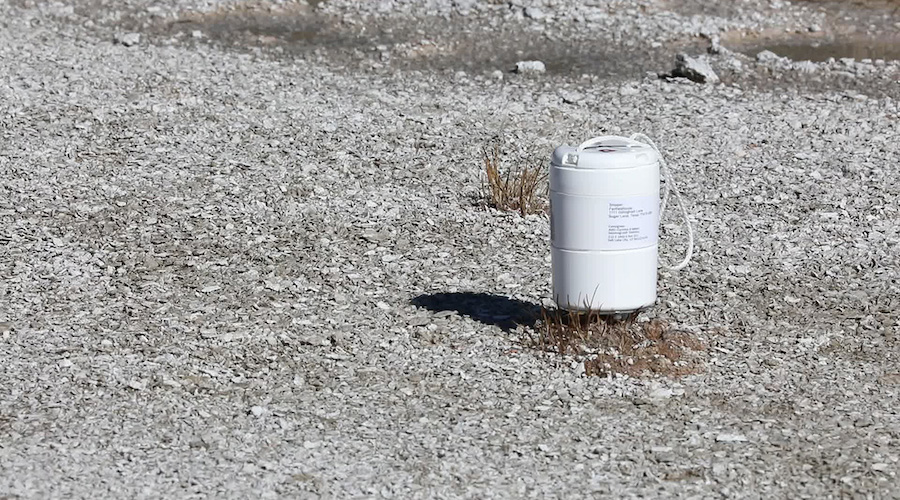
Knowing this, the scientists focused on demonstrating the possibility of imaging the subsurface using not only normal modes produced by ambient noise but also another naturally occurring type of seismic wave called leaky or leaking modes.
Leaky modes can occur when a seismic wave is ‘trapped,’ bouncing back and forth between two layers of rock. When energy escapes from this bouncing wave, it creates a separate wave referred to as the leaky mode. Compared with normal modes, which are more sensitive to S wave velocity structures underground, leaky modes are more sensitive to P wave velocity structures.
The authors looked at one month of ambient noise picked up by a dense array of seismometers called the Large-n Seismic Survey in Oklahoma (LASSO). Studying both normal and leaky modes extracted from the seismic data, they calculated the speeds at which the waves had moved through the subsurface. Those speeds, in turn, are specific to the properties of the rocks below, such as their density and elasticity.
Knowing such properties can reveal what underground structures are made of, which is key to identifying untapped deposits of natural resources.




